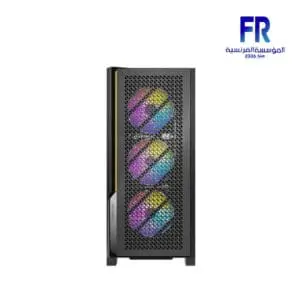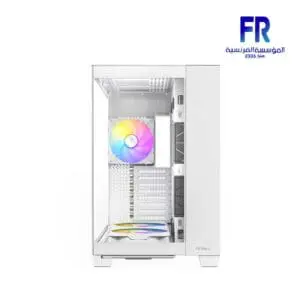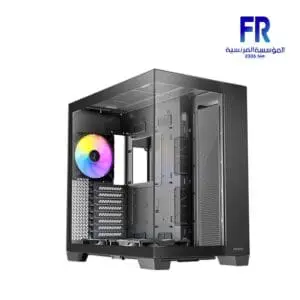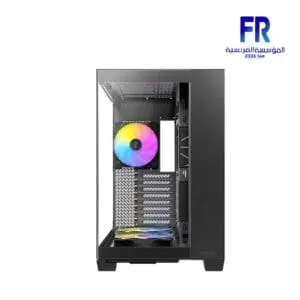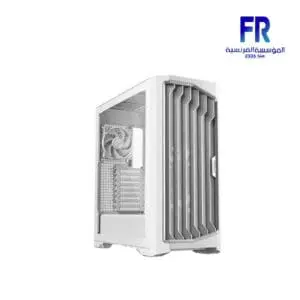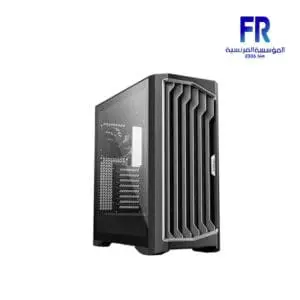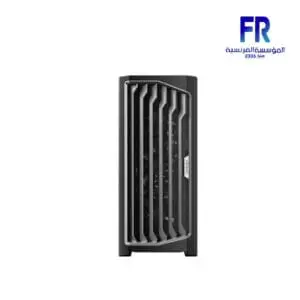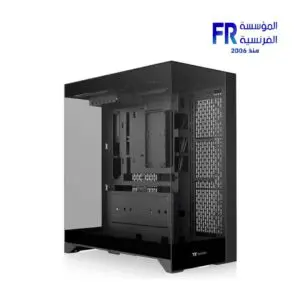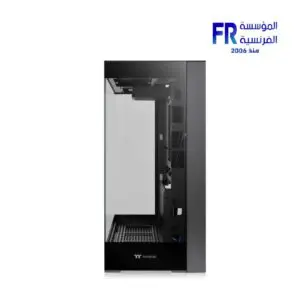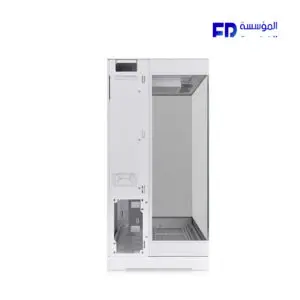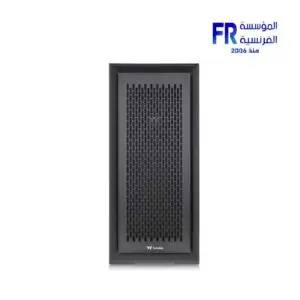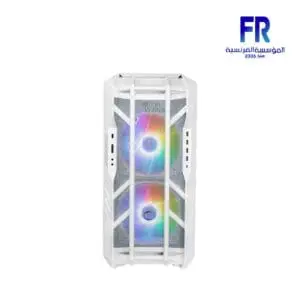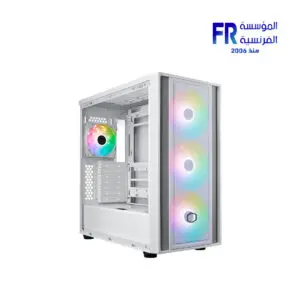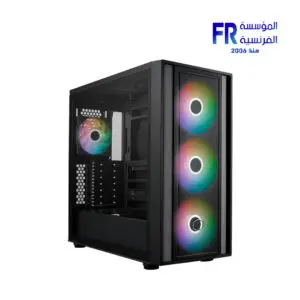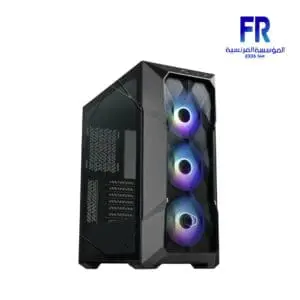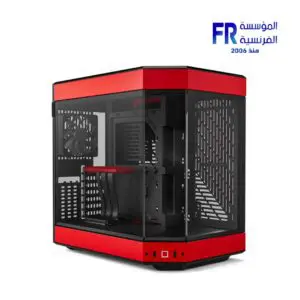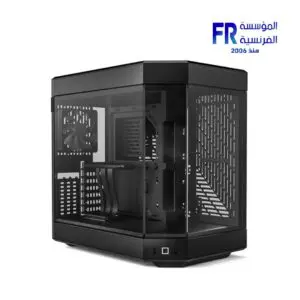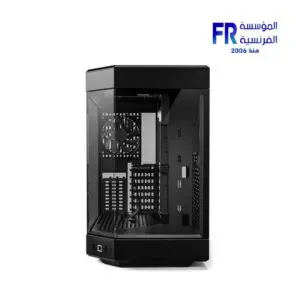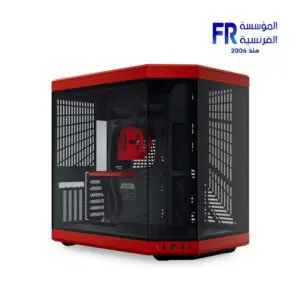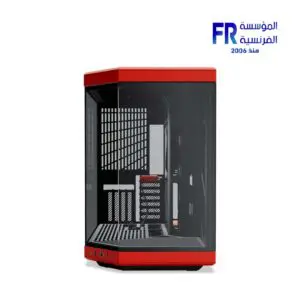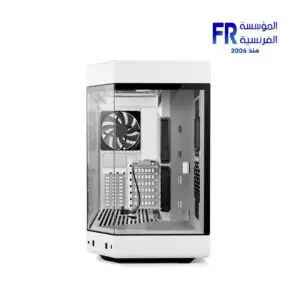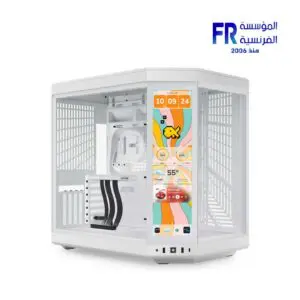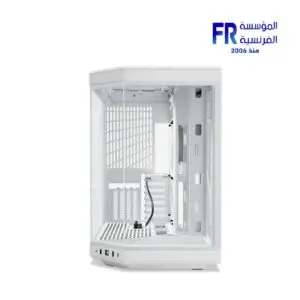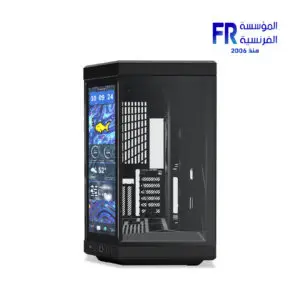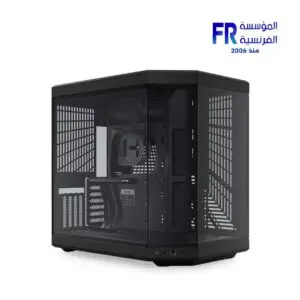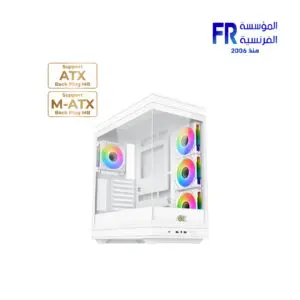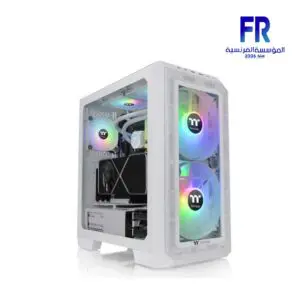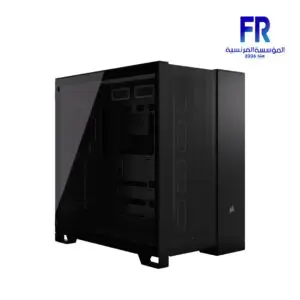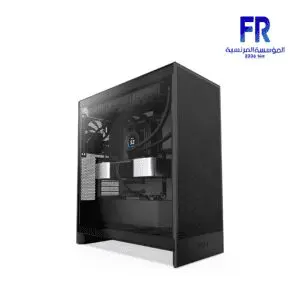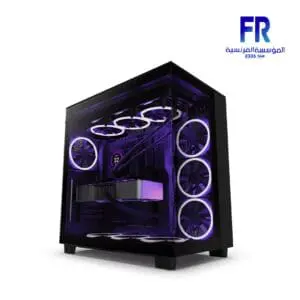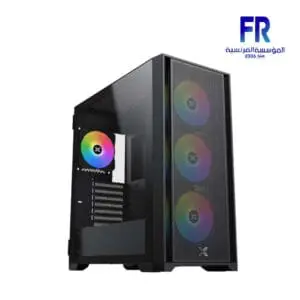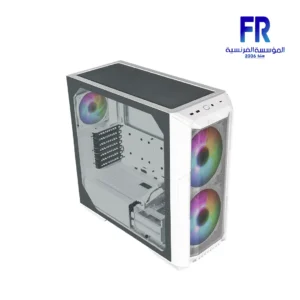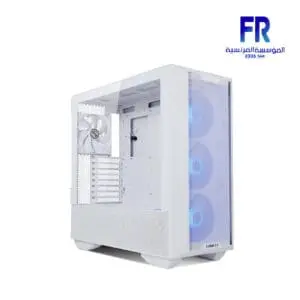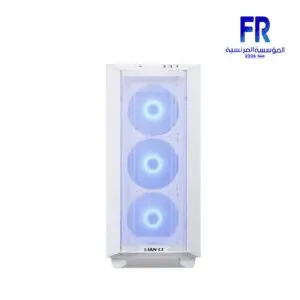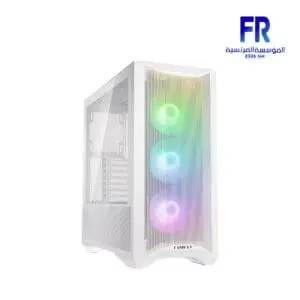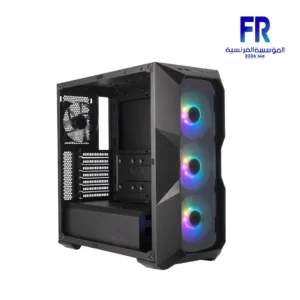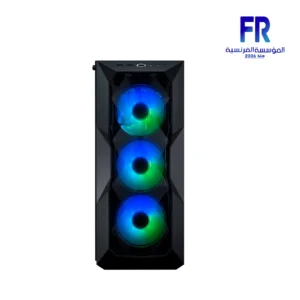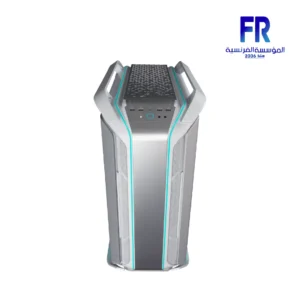An Extended ATX (E-ATX) motherboard is a larger form factor for computer motherboards than the standard ATX form factor. It is designed to provide more expansion slots and features for high-performance computers, such as gaming PCs and workstations.
E-ATX Motherboard Specifications
- Dimensions: 305 mm (12 inches) x 280 mm (11 inches)
- Expansion slots: 9 to 12 PCIe slots, 2 to 4 PCI slots
- Memory slots: 4 to 8 DIMM slots
- SATA ports: 6 to 10 SATA ports
- M.2 slots: 2 to 4 M.2 slots
- USB ports: 6 to 16 USB ports
- Audio: Realtek ALC1220 codec or similar
- Networking: Gigabit Ethernet, Wi-Fi 6 (optional)
- Power connectors: 24-pin ATX power connector, 4-pin or 8-pin CPU power connector
- Form factor: E-ATX
THE E-ATX Motherboard Features
- Support for a wide range of processors, including Intel Core, AMD Ryzen, and VIA Nano processors
- Large number of expansion slots for adding graphics cards, sound cards, and other hardware
- Support for fast storage technologies, such as NVMe SSDs
- A variety of USB ports for connecting peripherals
- High-quality audio codecs for superior sound quality
- Gigabit Ethernet for reliable wired internet connectivity
- Wi-Fi 6 (optional) for high-speed wireless connectivity
E-ATX Motherboard Limitations
- Larger size than ATX motherboards
- May be more expensive than ATX motherboards
- May not be suitable for mid-tower or smaller cases
Overall, E-ATX motherboards are a good choice for high-performance computers that require a lot of expansion slots and features. They offer a wide range of features and support for a variety of hardware, making them a good choice for gamers, enthusiasts, and professionals.
Here are some popular E-ATX motherboards:
- ASUS ROG Strix Z790-E Gaming WiFi
- MSI MEG Z790 ACE
- Gigabyte X670E AORUS MASTER
I hope this information is helpful. Please let me know if you have any other questions.





